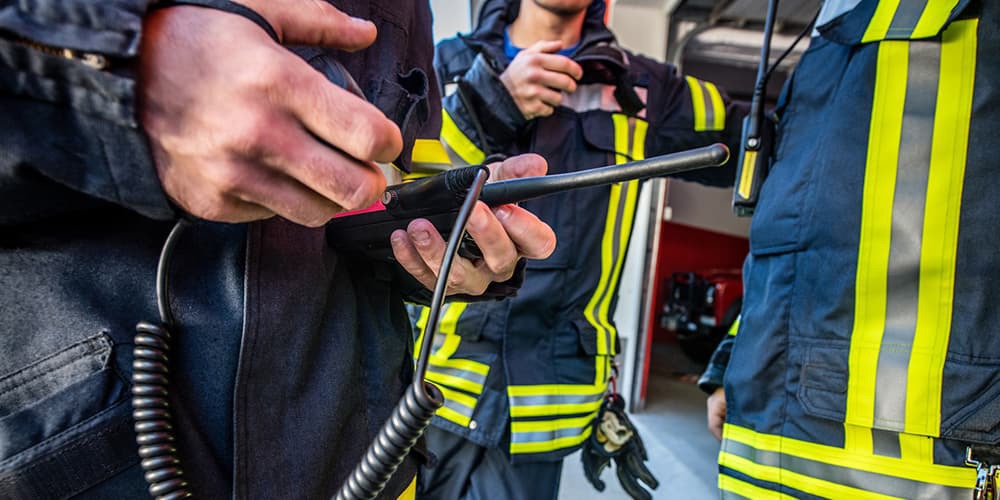In times of crisis, first responders must be able to communicate clearly. Uninterrupted connectivity is essential for rapid and effective emergency response. This is where an Emergency Responder Radio Communication System (ERRCS) comes into play.
Property owners and facility managers that install an Emergency Responder Radio Communication System (ERRCS) can improve public safety and the overall safety of their buildings.
Let's review Emergency Responder Radio Communication Systems and the types of facilities required to provide first responder radio coverage in their building.
How Emergency Responder Radio Communication Systems Work
An emergency responder radio communication system (ERRCS) is a wireless public safety system that receives external radio signals and retransmits them inside the building – ensuring signal penetration and reliable cellular coverage in all areas of the facility, including dead zones and isolated places such as:
- Elevators
- Basements
- Stairwells
- Fire pump rooms
- Exit passageways
- Other heavily shielded areas
ERRCS are complex and comprise several critical components, including:
- Donor Antenna - Receives signals from the network of first responders.
- Bi-Directional Amplifier (BDA) - Connects to a donor antenna and to the DAS via cable or fiber. Amplifies signals for distribution via the DAS.
- Distributed Antenna System (DAS) - The in-building network of coax cables, splitters, and antennas used to evenly distribute the amplified signals throughout the building.
- Battery Backup System - Provides uninterrupted power in the event of power failure.
Additional names for emergency responder radio communication systems include:
- Emergency Responder Radio System (ERRS)
- In-Building Emergency Responder Radio Enhancement System (IBERES)
- Emergency Radio Communication Enhancement System (ERCES)
- Public Safety Distributed Antenna System (DAS)
These crucial life safety systems provide first responders such as police, fire, medical, and other disaster response agencies with an effective and reliable way to communicate during emergencies. While ERRCS is used primarily for voice communications today, the deployment of 5G is opening up new innovative applications such as:
- First responders’ physical condition and location
- Live video streams
- Mixed reality lenses
- Sensor data
What Type of Buildings Need Emergency Responder Radio Communications Systems?
Building owners must follow the standards for the installation, maintenance, and use of ERRCS enforced by the local Authority Having Jurisdiction (AHJ). Based on these standards, here are a few factors that determine if your commercial building requires an emergency responder radio communication system:
- Your building is three or more stories
- Your building is over 50,000 square feet
- Your building contains an underground parking structure
- Your building uses certain construction materials (concrete, metal, wood, brick, and Low-E glass)
Here are a few types of buildings that typically require the installation of ERRCS:
- Multi-use properties
- Senior living facilities
- Stadiums and arenas
- Educational institutions
- Malls and retail centers
- Factories and warehouses
- Hotels and hospitality venues
- High-rise commercial buildings
Improve Public Safety with a Reliable ERRCS Solution
A properly installed, professionally tested, and well-maintained ERRCS can save lives and facilitate rapid response in the event of an emergency. Since ERRCS are complex and influenced by ever-evolving requirements, building owners and facility managers should consult a reputable ERRCS installer. An experienced company will walk you through the installation process and have detailed knowledge of the current codes to ensure compliance.
Experienced technicians design ERRCS solutions based on your spectrum environment, building parameters such as wall types, thickness, and building materials, and the local AHJ code requirements to ensure successful implementation.






